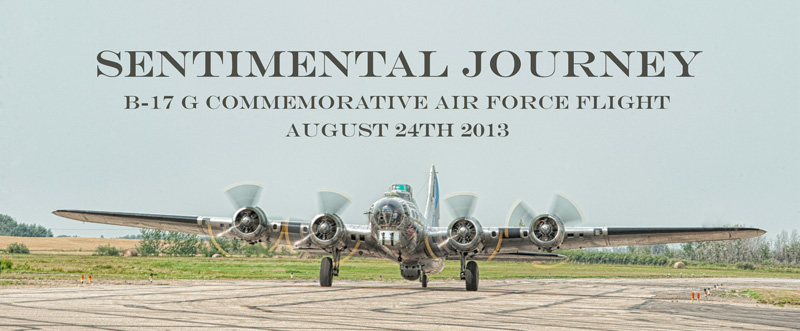





 |
 |
 |
 |
 |
 |
| Mike Stobbs | profile | all galleries >> Galleries >> Sentimental Journey B-17G | tree view | thumbnails | slideshow |

| comment | share |
| Guest | 04-Jan-2019 17:40 | |
| Dan Greenberg | 28-Dec-2018 05:01 | |
| Barbara Read and Fred Schaad | 06-Dec-2014 20:40 | |
| Reykjavik Impressions / Stefán Ólafsson | 05-Dec-2014 07:38 | |
| Marc Demoulin | 02-Dec-2014 07:54 | |
| Jaime Serrano | 01-Dec-2014 23:24 | |
| Terry McManus | 30-Nov-2014 19:43 | |
| Patrick Goossens | 30-Nov-2014 10:44 | |
| Christopher Neel | 29-Nov-2014 17:37 | |
| Raymond Ma | 28-Nov-2014 01:42 | |
| Kim | 26-Nov-2014 23:13 | |
| Dave Petersen Photography | 23-Nov-2014 20:59 | |
| Jeff Real | 21-Sep-2013 14:37 | |
| cobler | 03-Sep-2013 19:13 | |
| Norm Swayze | 30-Aug-2013 23:08 | |
| Brad Claypole | 27-Aug-2013 20:35 | |
| pkocinski | 27-Aug-2013 14:57 | |
| Ed Preston | 27-Aug-2013 13:51 | |
| Ed Preston | 27-Aug-2013 13:50 | |
| Glenn Dean (Vatorman) | 27-Aug-2013 01:16 | |
| Marland Grove | 27-Aug-2013 00:24 | |